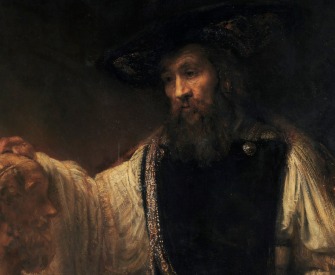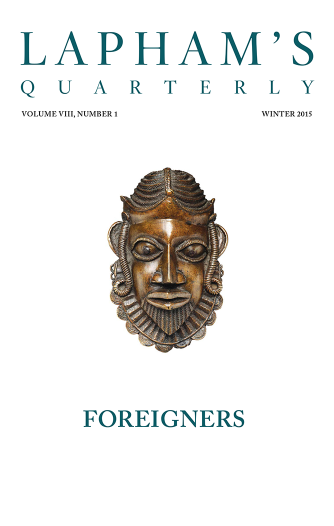Dogs, when approaching a strange dog, may find it useful to show by their movements that they are friendly and do not wish to fight.
When two young dogs in play are growling and biting each other’s faces and legs, it is obvious that they mutually understand each other’s gestures and manners. There seems indeed some degree of instinctive knowledge in puppies and kittens that they must not use their sharp little teeth or claws too freely in their play, though this sometimes happens, and a squeal is the result; otherwise they would often injure each other’s eyes. When my terrier bites my hand in play, often snarling at the same time, if he bites too hard and I say gently, gently, he goes on biting but answers me by a few wags of the tail, which seems to say, “Never mind, it is all fun.” Although dogs do thus express, and may wish to express, to other dogs and to man that they are in a friendly state of mind, it is incredible that they could ever have deliberately thought of drawing back and depressing their ears, instead of holding them erect—of lowering and wagging their tails, instead of keeping them stiff and upright, etc., because they knew that these movements stood in direct opposition to those assumed under an opposite and savage frame of mind.
When feeling affectionate, a cat stands upright, with slightly arched back, tail perpendicularly raised, and ears erected; and she rubs her cheeks and flanks against her master or mistress. The desire to rub something is so strong in cats under this state of mind that they may often be seen rubbing themselves against the legs of chairs or tables or against doorposts. This manner of expressing affection probably originated through association, as in the case of dogs, from the mother nursing and fondling her young, and perhaps from the young themselves loving each other and playing together. Another and very different gesture, expressive of pleasure, is the curious manner in which young and even old cats, when pleased, alternately protrude their forefeet with separated toes, as if pushing against and sucking their mother’s teats. This habit is so far analogous to that of rubbing against something that both apparently are derived from actions performed during the nursing period. Why cats should show affection by rubbing so much more than do dogs, though the latter delight in contact with their masters, and why cats only occasionally lick the hands of their friends, while dogs always do so, I cannot say.
From The Expression of the Emotions in Man and Animals. An offshoot of Darwin’s research for The Descent of Man, and Selection in Relation to Sex, this work was informed by his visits to the London Zoo to observe monkeys and apes, as well as by recording his children’s facial expressions and studying photographs of patients at mental asylums. “I am sick of the subject, and myself, and the world,” Darwin declared to his son after learning his draft needed significant revisions.
Back to Issue



